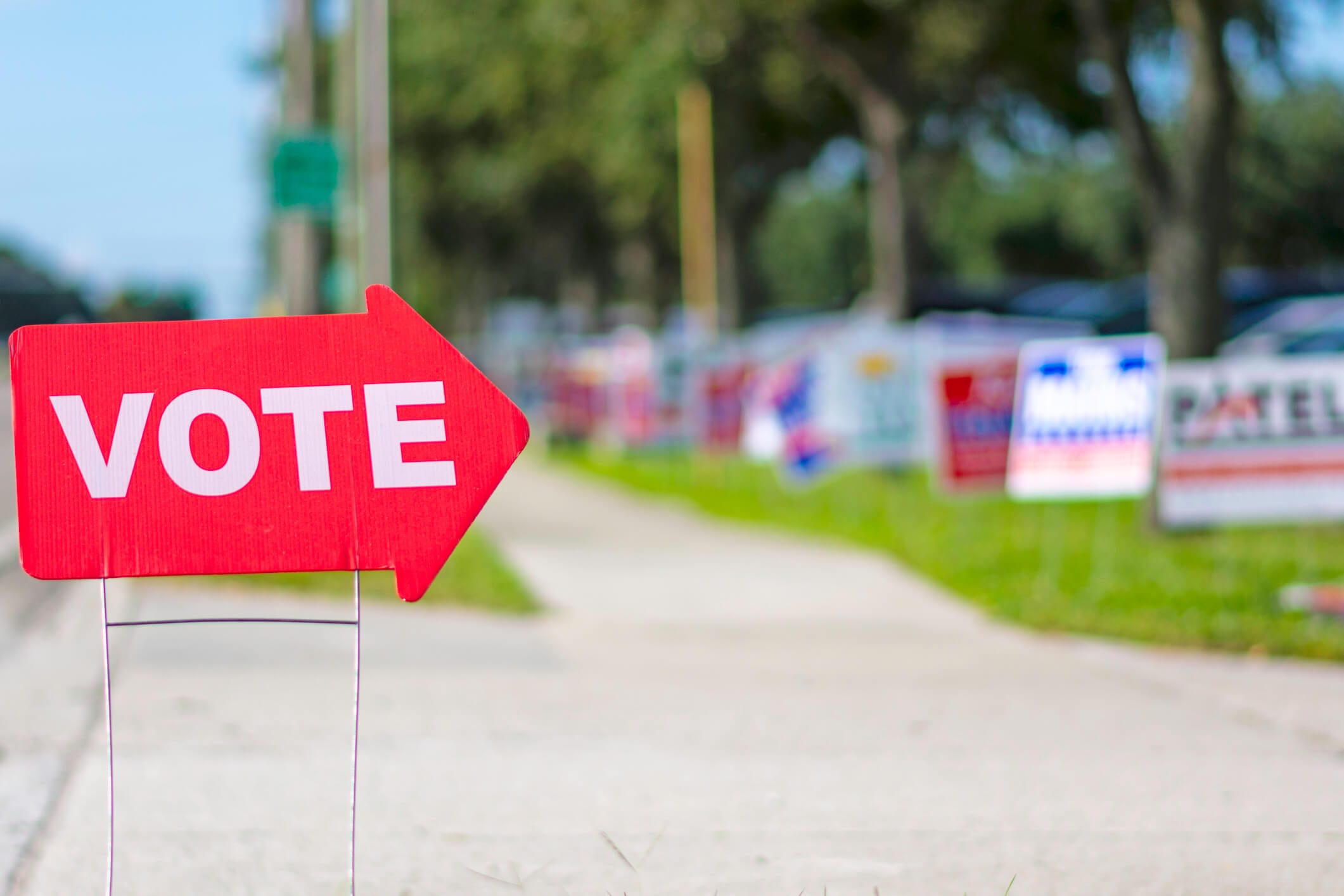5 Steps to Get Your Political Direct Mail Campaign-Ready
By Paul Bobnak | March 12, 2020

Voting in Election 2020 has started, but if you’re involved in a campaign, it’s not too late to use political direct mail. In fact, some projected trends should give you a push — if you still need one — to get started on your mail as soon as possible. In 2018, for example, spending on political mail was a record $573 million.
The presidential race has drawn the most public attention, but while that field has thinned considerably, it’s only a small part of the picture. Thousands of offices are at stake in local, regional, and state elections.
Direct mail is a time-tested tool to attract the voters’ attention, inform them about your candidate, build trust and support, and, finally, get them to vote. To accomplish all of these, make sure your mail will be ready to stand out from the distractions — good and bad — that everyone deals with.
Your opponents are mobilizing and planning their political mail. Start planning now so you don’t get left behind.
Here’s how to get ready.
1. Define your audience
Your core audience is NOT everyone who can vote.
It’s those voters whose values and political beliefs align best with yours.
These people might not have heard of your candidate, even if they’ve run for office before or hold office now.
Maybe they’re more in the “undecided” camp, swing voters who can be persuaded to listen, and keep thinking about your candidate.
Assume nothing. Use list rentals to target core voters first.
Then, drill down into your voter contact database by targeting people using specific demographics, and build personas to help you visualize your different segments and help you sharpen your copy.
2. Lock down your data
Data is a crucial part of your outreach strategy. But to be effective, it has to be right.
Registered voter lists are useful only as a starting point. List brokers can supplement them with all kinds of additional data sets, usually from second and third parties, to segment voters by gender, age, income, education, and other criteria.
Also, you should secure any sensitive data that is involved in the processing of the mail piece. Choose a provider that uses data backups, strong security, and reasonable data safety protocols.
3. Set up a contact schedule
Timing is everything! Map out your direct mail outreach program, including a design strategy, well before Election Day. Start by writing an introduction piece that provides some background on your candidate as well as how he or she stands on some of the current issues.
Then, pick ballpark dates for follow-up pieces to build interest and persuade likely supporters. These mailings should focus on single issues, specific candidate qualifications, or testimonials and endorsements.
Finally, in the last two weeks of the campaign, make your closing argument. Summarize your candidate’s strengths, reinforce your messaging, and motivate the voter to take that last step — into the voting booth.
Along the way, remind voters about all registration deadlines and voting dates that are relevant to the electorate you’re trying to reach. These days, thanks to early and mail-in voting, there may be multiple sets of requirements.
4. Follow USPS
The most important day to note in your calendar is each mail campaign’s drop date. That’s when it arrives at a USPS facility from your direct mail services provider. Barring a major hiccup, you can expect that the campaign will arrive in voter mailboxes within 2-5 days of the drop date.
Using USPS Tag 57 can be a big help. This red tag, when affixed to a bulk campaign’s trays, bags, or pallets, identifies the mail piece as a political campaign mailing. It makes the mailing more visible to USPS personnel as it is processed, not to guarantee faster delivery.
In the last crucial days before an election, a political mailing is not one that the Postal Service wants sitting around undelivered.
Intelligent Mail Barcode (IMb) gives you real-time tracking data on where your mail is in the mailstream, including when it gets delivered. And here’s a bonus: it also entitles you to postage discounts!
When your mail is predictable, reliable, and trackable, you can then coordinate those efforts with other campaign activities, like live events, TV ad buys, social media campaigns, door-to-door canvassing, and more.
5. Prepare your website
Even candidates for local offices know that some voters want to find out more about them, whether it’s a dedicated campaign website or a presence on Facebook, Twitter, or Instagram.
If you include those addresses and logos on your direct mail piece, people will check them out.
Be ready by putting as much background and information as you can on each site. Plan on looking at what pages draw the most traffic, and from where, to shape your message for all channels as your campaign intensifies.
Wrapping it up
Your political direct mail campaign, if properly planned, can successfully get voters’ attention, tell them about your candidate, motivate their support, and get them out to vote. The time to start is now.
Mailing.com has worked with many campaigns over the years. We mailed 10 million political pieces in 2018 alone.
Thanks to our on-site USPS verification, your mail can be checked, cleared, and transferred to the Post Office without unpleasant surprises. You’ll save time and money, and have peace of mind.
We’d be happy to provide the expert guidance that you need to run a successful direct mail campaign for your election! Call us at 800-645-6659 or reach out now.


